Discover the key distinctions between Amazon Vendor (1P) and Amazon Seller (3P) — their benefits, disadvantages, and how their core differences indicate which users they are best suited for. Plus, you’ll learn how to be successful with either model (or in some cases, both) by applying the right solutions and technologies to amplify a product experience.
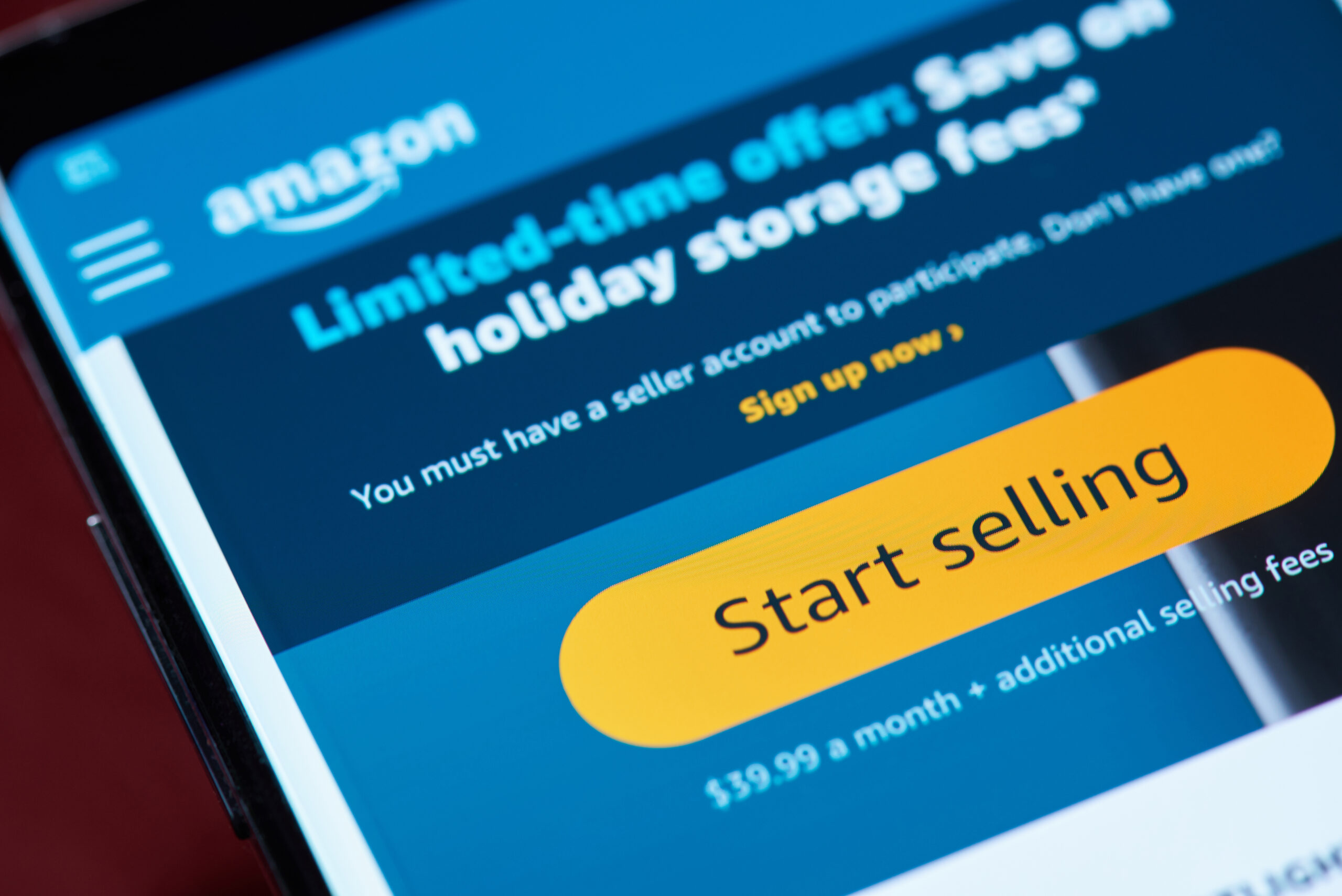
Keywords
In today’s world, you can’t hear the word “Amazon” without bringing to mind the eCommerce giant rather than the rainforest. Appearing in over 50 countries, Amazon is clearly in demand — 74% of Amazon consumers use the online site to find new products, and US customers are buying 8,600 items per minute.
And why wouldn’t it be? The notorious marketplace displays brands with visually appealing content, attracting customers to browse through hundreds of goods before selecting which one they want to show up on their doorstep in 48 hours. Plus, by offering incentives like a premium subscription and seamless returns, people are more than enticed to shop through the enterprise’s jungle of sellers.
While Amazon is undeniably great for increasing sales and entering international markets, it's not a journey you can easily take without a map. When selling your products on Amazon, there are two primary business models to choose from which will help guide your way: Amazon Seller and Amazon Vendor.
Being an Amazon Vendor essentially means that you are a wholesale supplier, selling your products to Amazon. This means that you receive a purchase order from Amazon, fulfill the purchase order, and sell your products directly to Amazon. In rare cases, direct fulfillment is an option even as a vendor, however it requires robust warehousing and fulfillment capabilities. It’s important to note that you must be invited by Amazon to be a Vendor.
Most often first-party vendors are brands that may sell D2C on other channels, but in this instance Amazon is now the retailer that is selling your product. This means that you set the list price, but the selling price is determined by the market. Each year when you negotiate your contract with Amazon you negotiate your margins directly.
Although Amazon is now the owner and seller of the products, you are still responsible for setting up the item and for providing some of the product content. Amazon will make some optimizations on the product detail page for you, but you must also make efforts to ensure that your product record is complete and accurate, to ensure that your products sell and Amazon wants to place more purchase orders with you. You also still have the ability to advertise and run promotions for your products so they sell faster and Amazon continues to buy more from you.
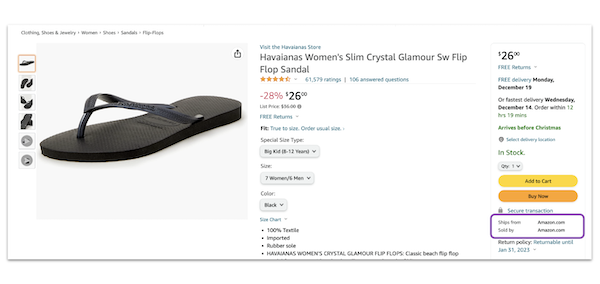
First-party Amazon vendors manage their relationship with Amazon through Vendor Central. That’s where you can make updates to product listings, view purchase orders, and access available reporting.
Selling as a first-party vendor on Amazon tends to be easier than third-party selling. This is because it works like a wholesaling model. By fulfilling Amazon’s purchase order, you can take advantage of a much more hands-off approach, while still taking advantage of the volume of consumers shopping on Amazon.
Furthermore, you can take advantage of the trust that comes with being an Amazon Vendor. This allows you to take advantage of Amazon’s reputation for fast shipping and easy returns. When potential customers see ‘Sold By Amazon’ you get the added value of perceived trust from consumers.
When you sell your products directly to Amazon you no longer have control over your products. One aspect of that includes pricing. Since Amazon determines the price of your product depending on the market, and you are acting as a wholesale supplier for Amazon, you may have lower profit margins. Typically, on an annual basis, you negotiate your margins directly with Amazon. This can mean there is less predictability than a 3P Seller that pays a flat percentage fee.
While Amazon Vendors have access to more marketing and advertising options which can be a bonus, they are still responsible for any additional costs associated with them. For example, in order to move product quickly, an Amazon Vendor may wish to run Sponsored Product Advertisements on Amazon which they pay for on a cost-per-click basis. The Vendor is responsible for all fees and managing all campaigns to market and advertise the products.
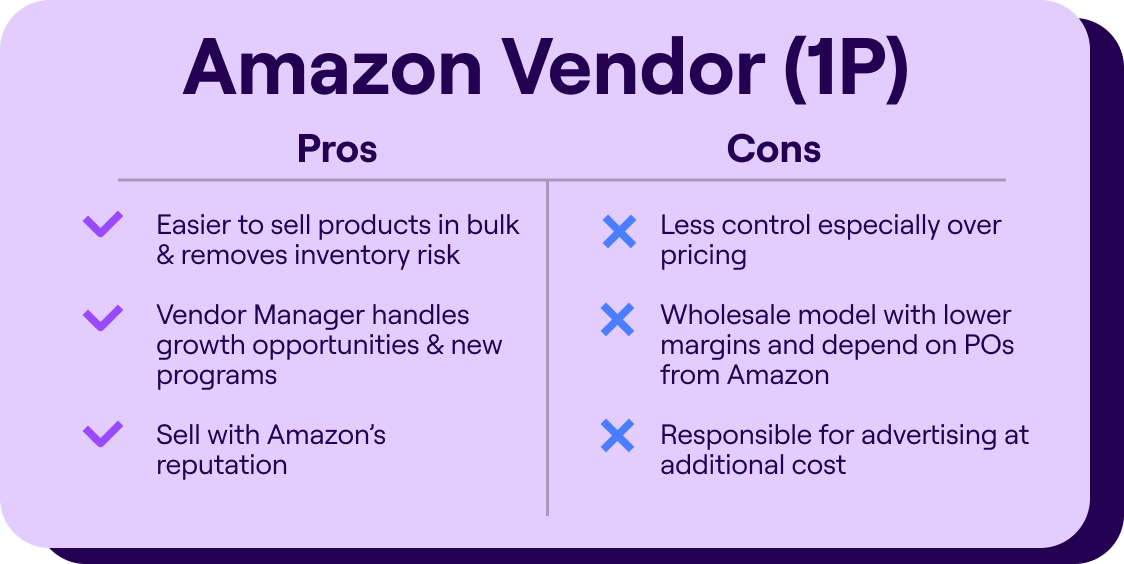
When you’re a third-party Amazon Seller you use the Amazon marketplace as a channel to sell your products directly to consumers shopping on Amazon. You are responsible for the product listings, marketing and advertising, as well as the fulfillment of any orders. Amazon third-party sellers have access to different types of fulfillment options.
The fulfillment options for third-party sellers include: FBA (fulfilled by Amazon), FBM (fulfilled by merchant) and SFP (seller fulfilled prime).
FBA is a shipment method where you as a seller send your inventory to different Amazon fulfillment centers. Amazon stores them in their warehouses, and when a customer orders it, they are responsible for shipping it and for the customer service. You, as the seller, pay a fee depending on the size and weight of the products.
FBM is a method in which you as the seller are responsible for storing, shipping and all customer support when your product is purchased by a consumer on Amazon.
For some businesses with extensive shipping capabilities, enrolling in SFP is the best choice for fulfillment. This is a method where you commit to fulfilling orders that meet Prime qualifications of two-day delivery, at no additional cost to the customer, but do not utilize Amazon’s warehouses and shipping.
The majority of Amazon sellers, 92%, utilize FBA.
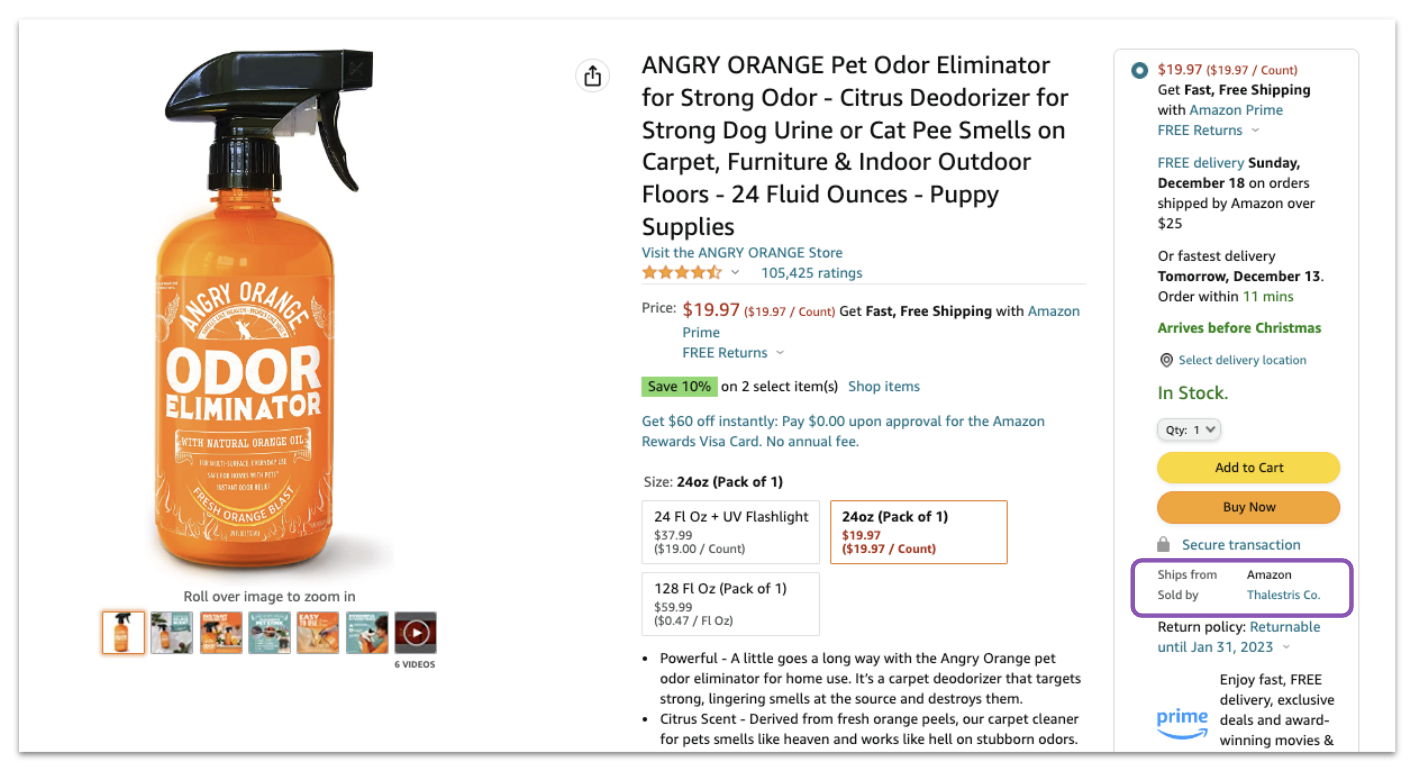
Third-party sellers on Amazon can access their seller accounts in a portal known as Seller Central.
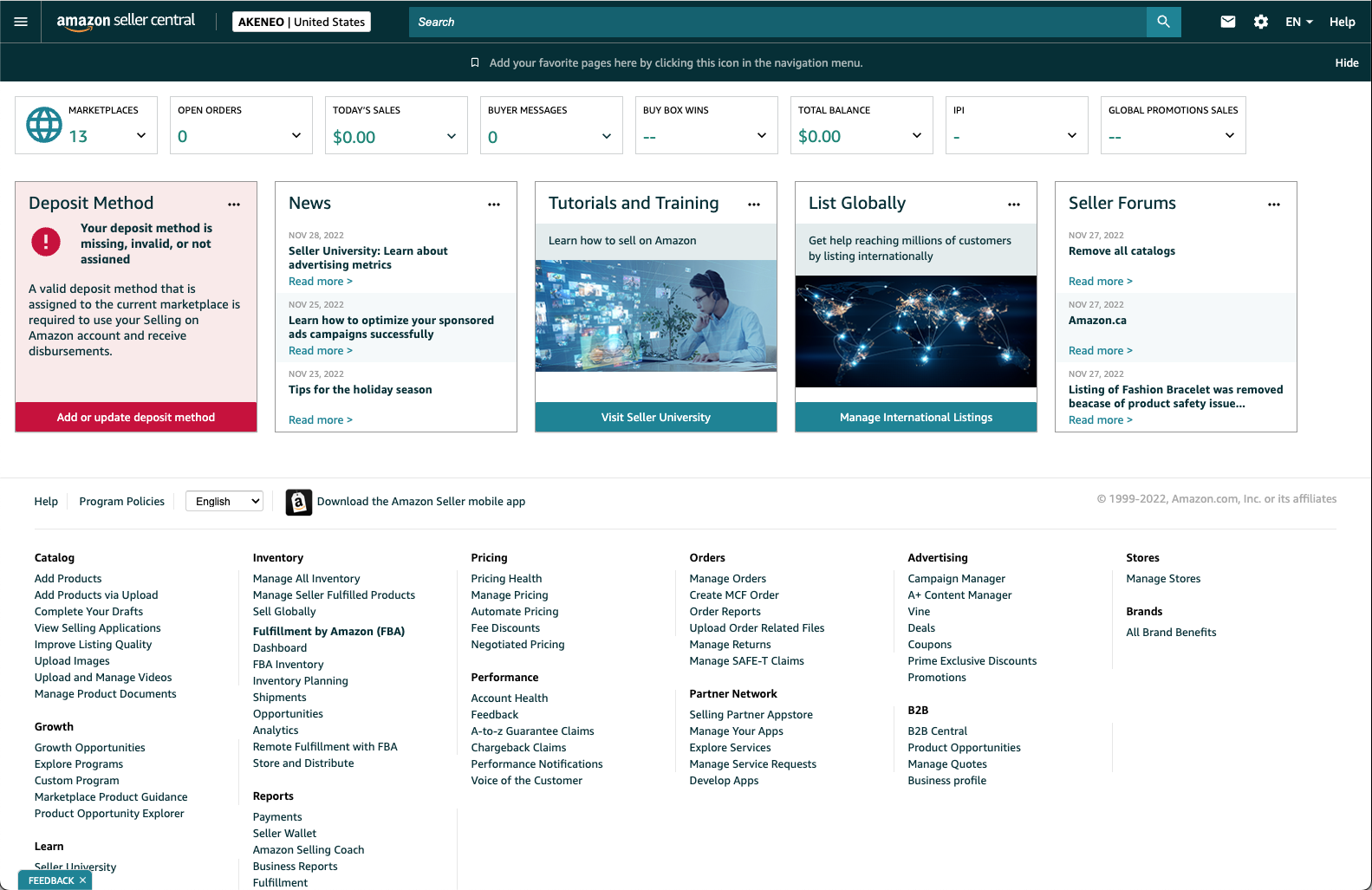
A major benefit of being an Amazon Seller is that you have more control over your prices. This means that you can maximize your margins on this channel. As an Amazon Seller you often pay a flat rate with fees. With this there can be more predictability for the costs, as opposed to Amazon Vendors that have contractual margins. Also, as a seller, you get more access to the information about the consumers that are buying your products.
Being an Amazon Seller means that you’re responsible for the product listing pages, product details, marketing, and more. That can often require a lot of time and effort to ensure that each listing is optimized. It’s challenging to manage large product catalogs.
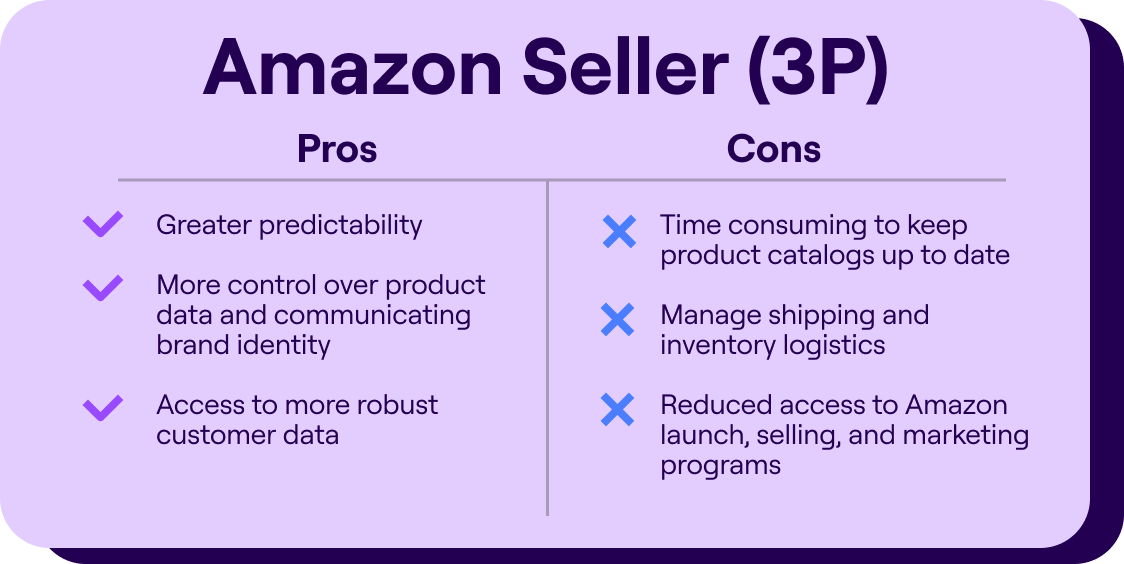
Yes. Brands can utilize both business models when selling on Amazon, as they can serve different purposes.
Oftentimes a hybrid model is a great way to sell your products on Amazon. You can utilize Amazon Vendor to sell high volume items in your catalog with consistency, and take advantage of selling long-tail items or excess stock via the third-party model.
No matter your business model, selling on Amazon can help you reach your growth and revenue targets. With more and more consumers heading to Amazon to discover and purchase products every day, it’s more imperative than ever that you’re optimizing your customer’s experience on this massive eCommerce platform.
More than that, since consumers have so many options to choose from on Amazon, it’s important that you offer the best possible product experiences.
Akeneo can help you offer superior product experiences through Akeneo PIM, Akeneo Activation for Amazon Vendor, and other seamless connections wherever you sell your products. Reach out to an Akeneo expert today to learn more.
Our Akeneo Experts are here to answer all the questions you might have about our products and help you to move forward on your PX journey.

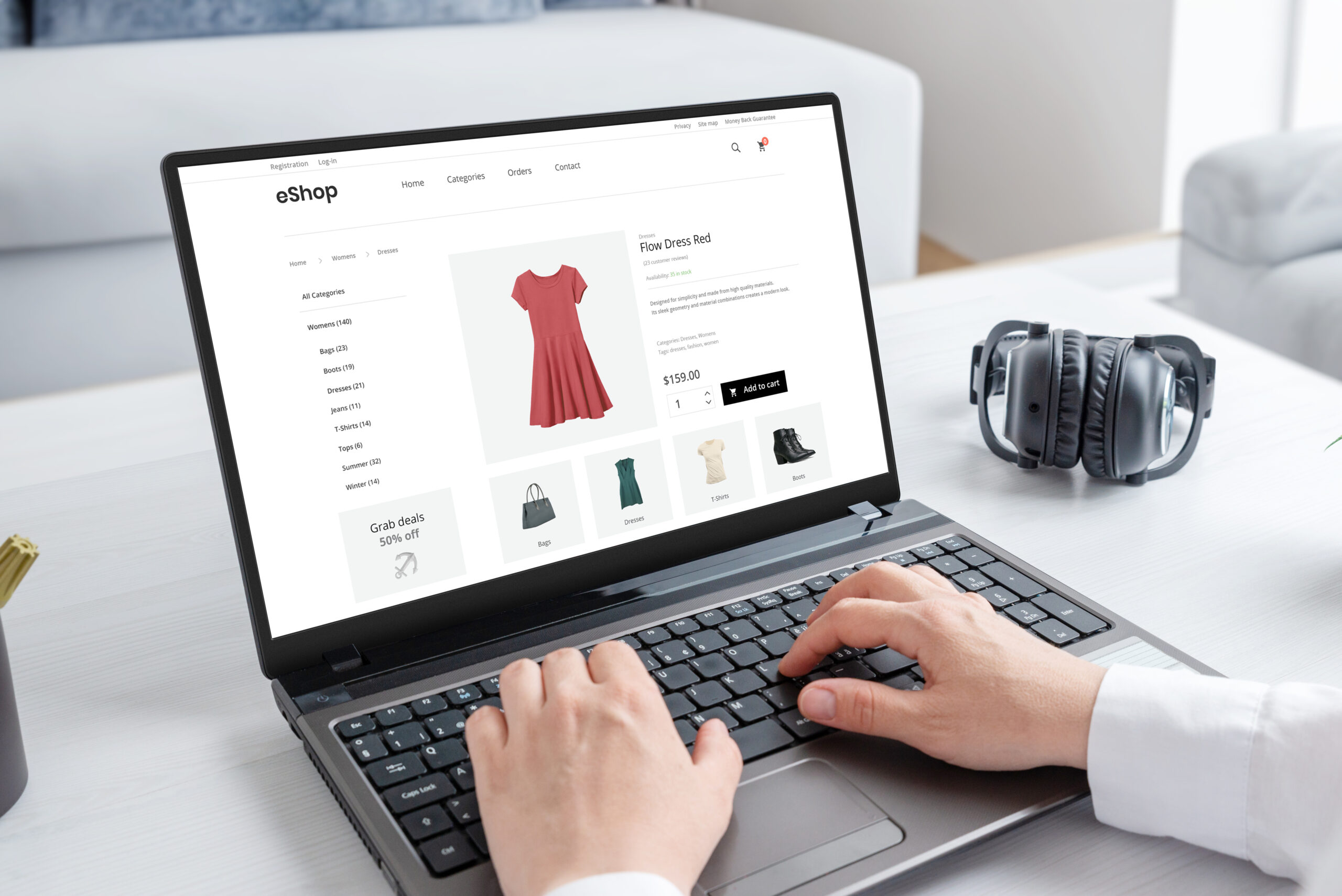
Explore how PCM helps brands centralize and enrich product data, streamline workflows, and improve content delivery across channels, and gain a...
Read more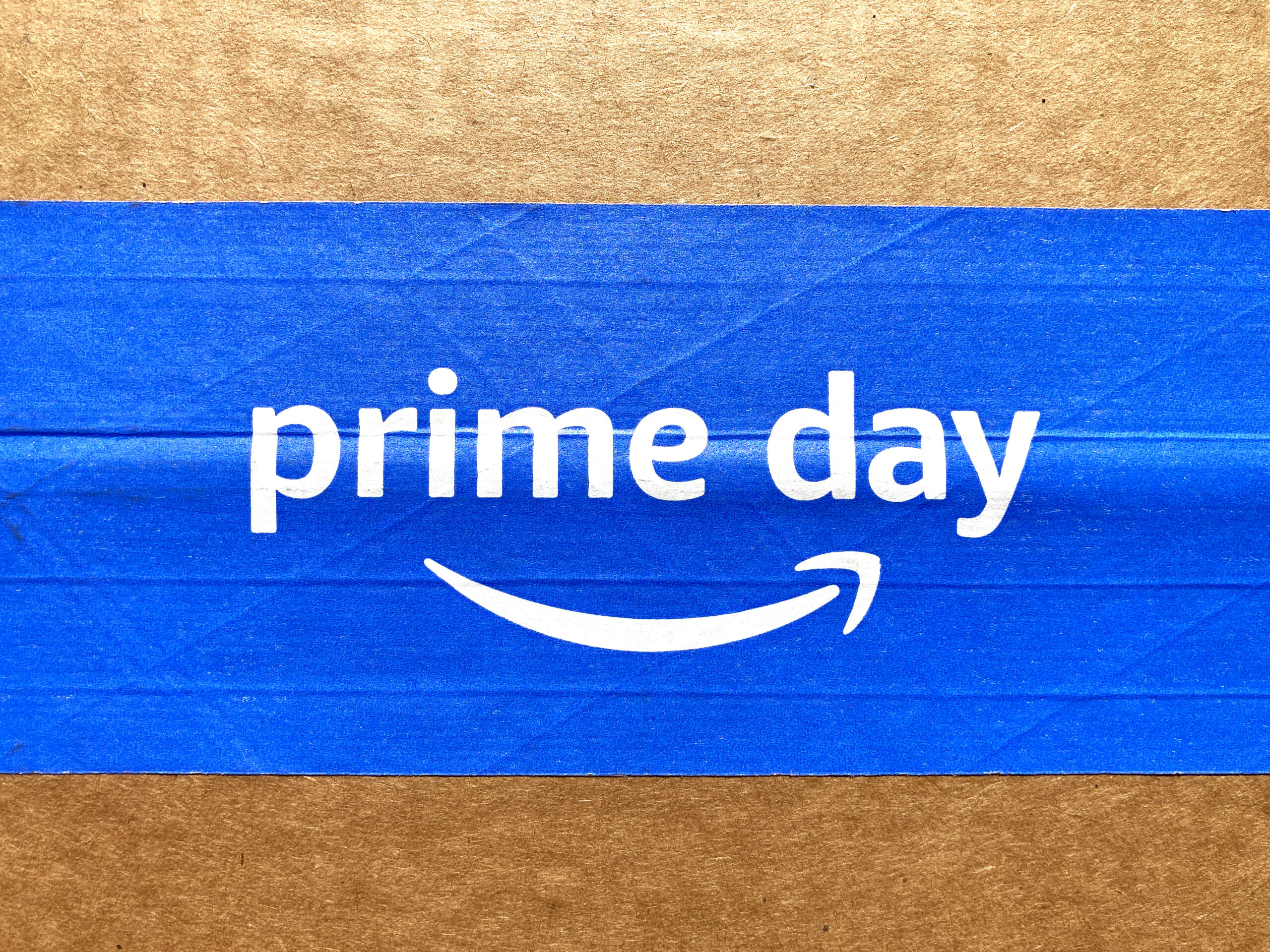
2025 Amazon Prime Day has officially been announced for July 8-11; if you’re a brand looking to take full advantage of one of the biggest sales...
Read more
Explore how these 2025 Experience Award winners elevated product experiences by centralizing data, automating workflows, scaling globally, and...
Read more